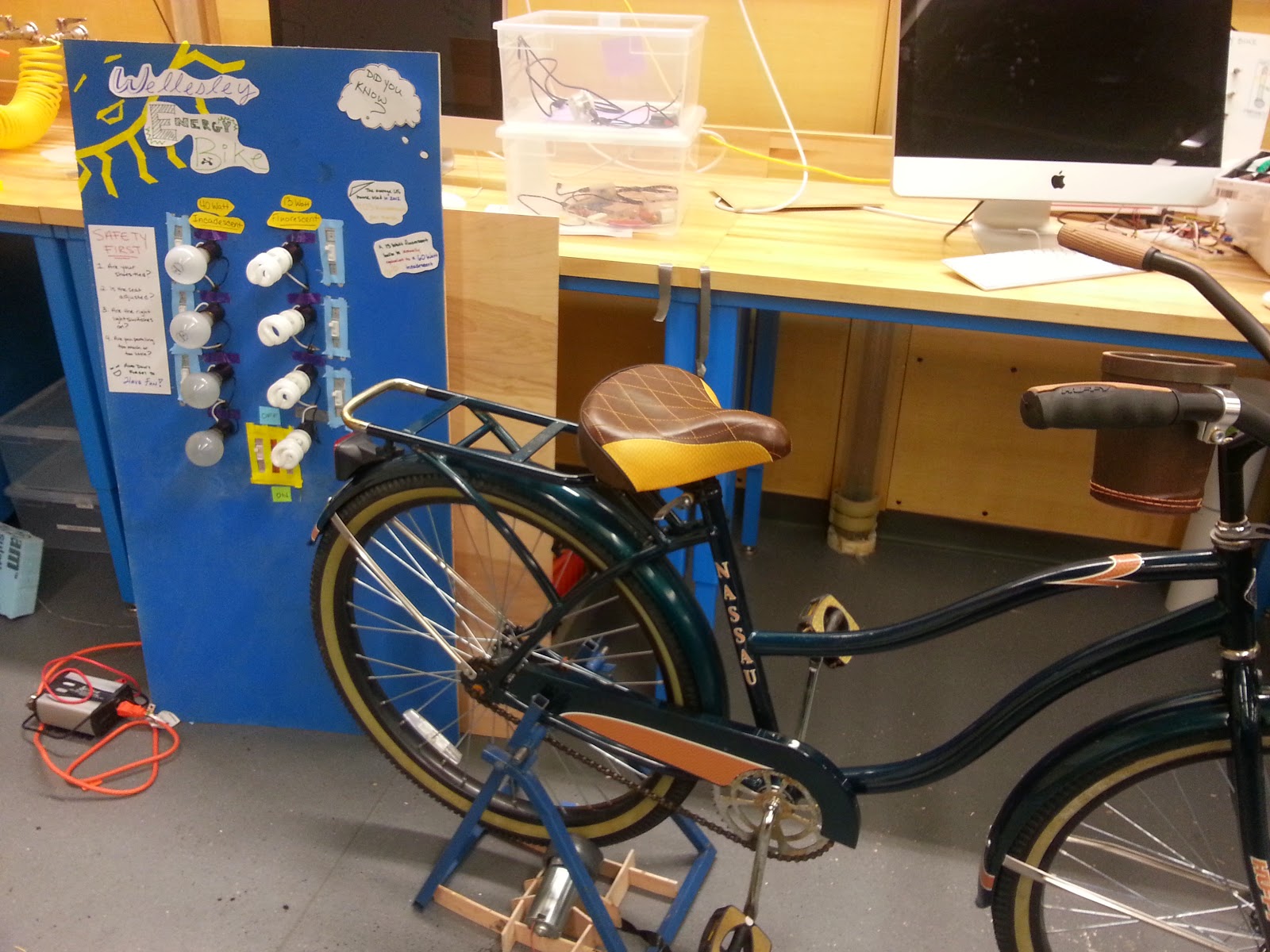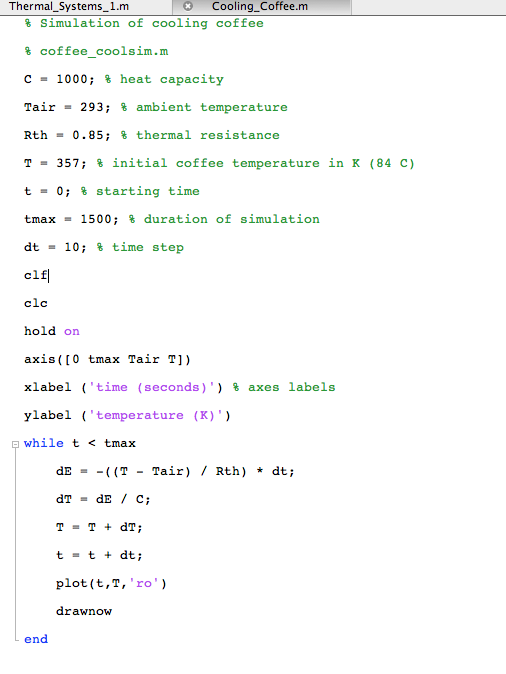Creating the Draft: Works-Like and Looks-Like Model

For our in-class exhibition, we have to present a prototype -- a model that looks and works like the final vision. Kat and I stayed late into the early morning, fine-tuning this piece with our recently ordered supplies. Kat and I broke down our interactive exhibit into a Work-Like Model , Looks-Like Model , and Learn-Like Model (storyboard). Now, we must combine all the bits and pieces to create our first draft of a fully working, aesthetically pleasing interactive display. Below is a spreadsheet of all the materials we purchased for the first rendition. Items such as wire, hair dryer, paper, etc. are readily available and require no cost. The budget is around $100, which is pretty tight for a large, electrically and mechanically robust project like ours. So, I think we did quite well in finding deals for the items we need in such a short turnaround (less than 24 hours). On Monday, I began working at 1:30 pm and didn't leave the lab until 4am. By then, I had only finished 3/4

.png)
